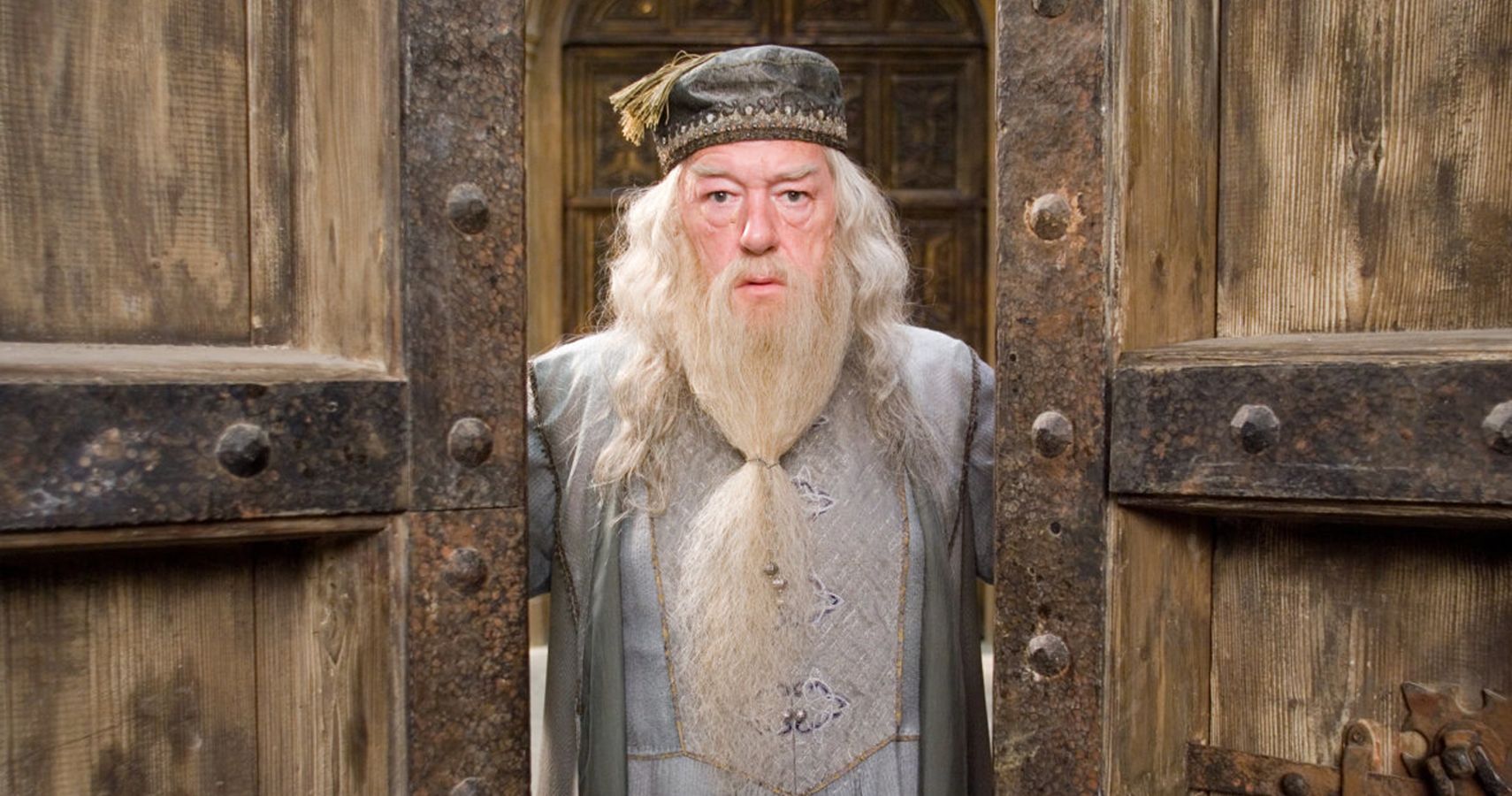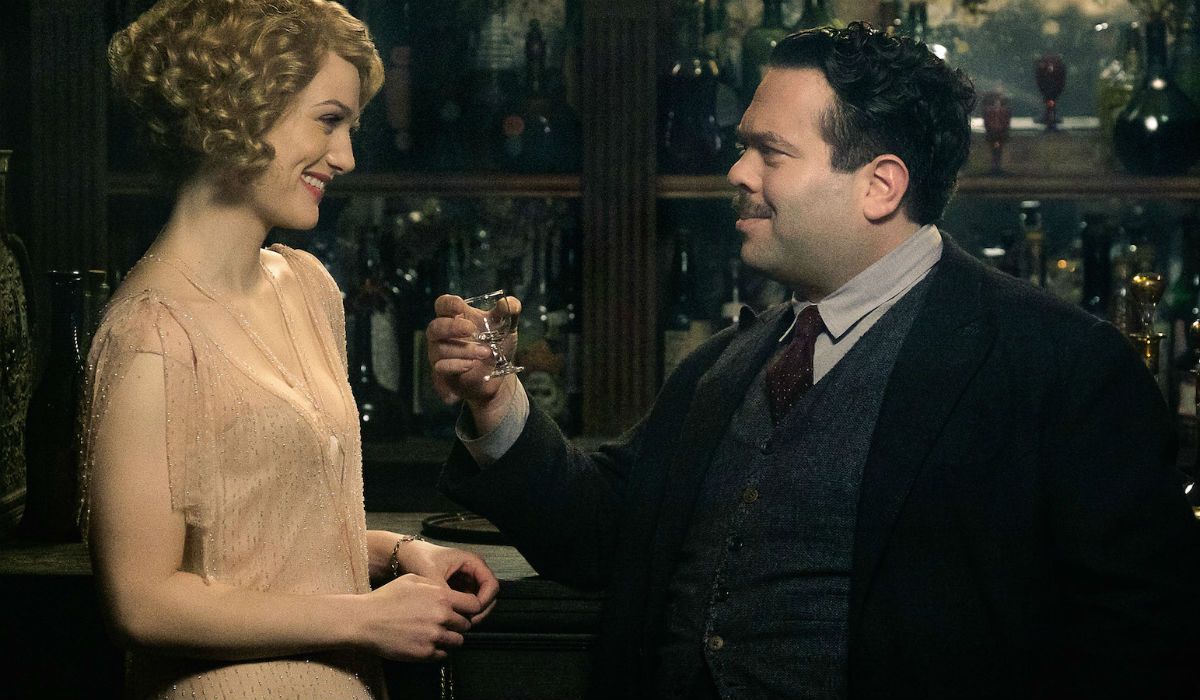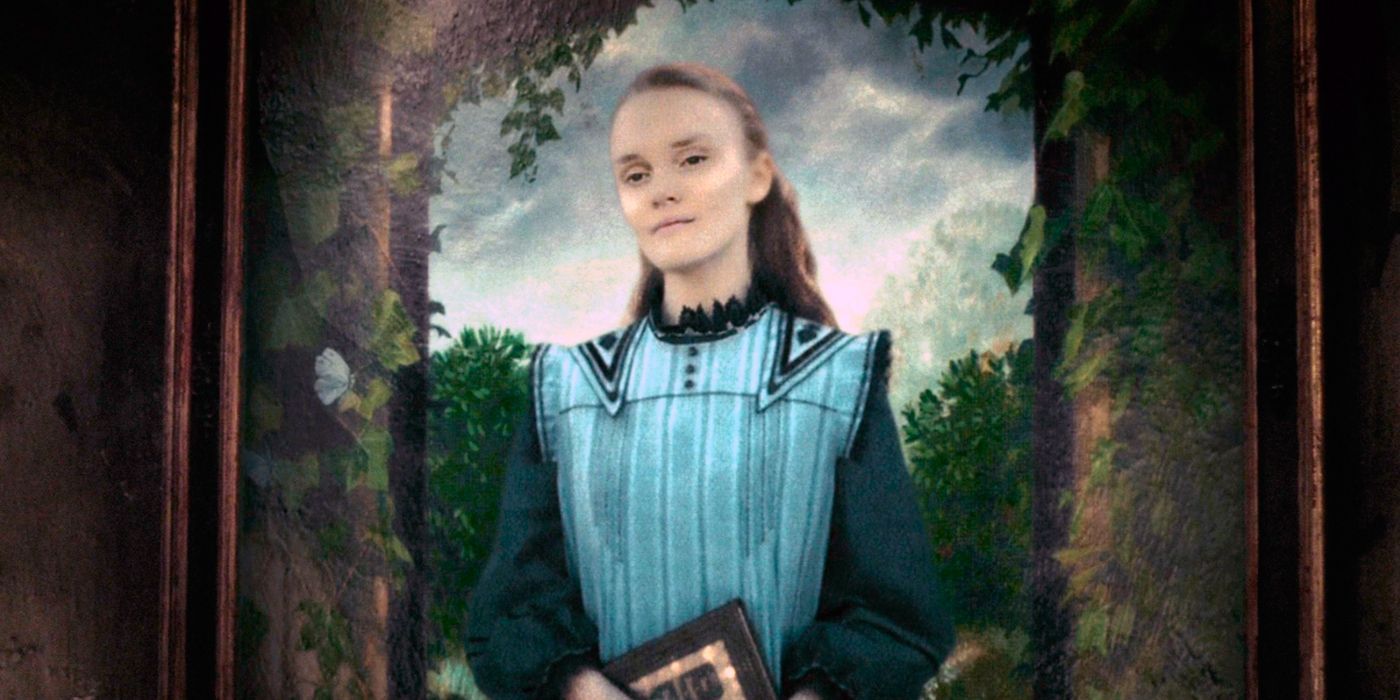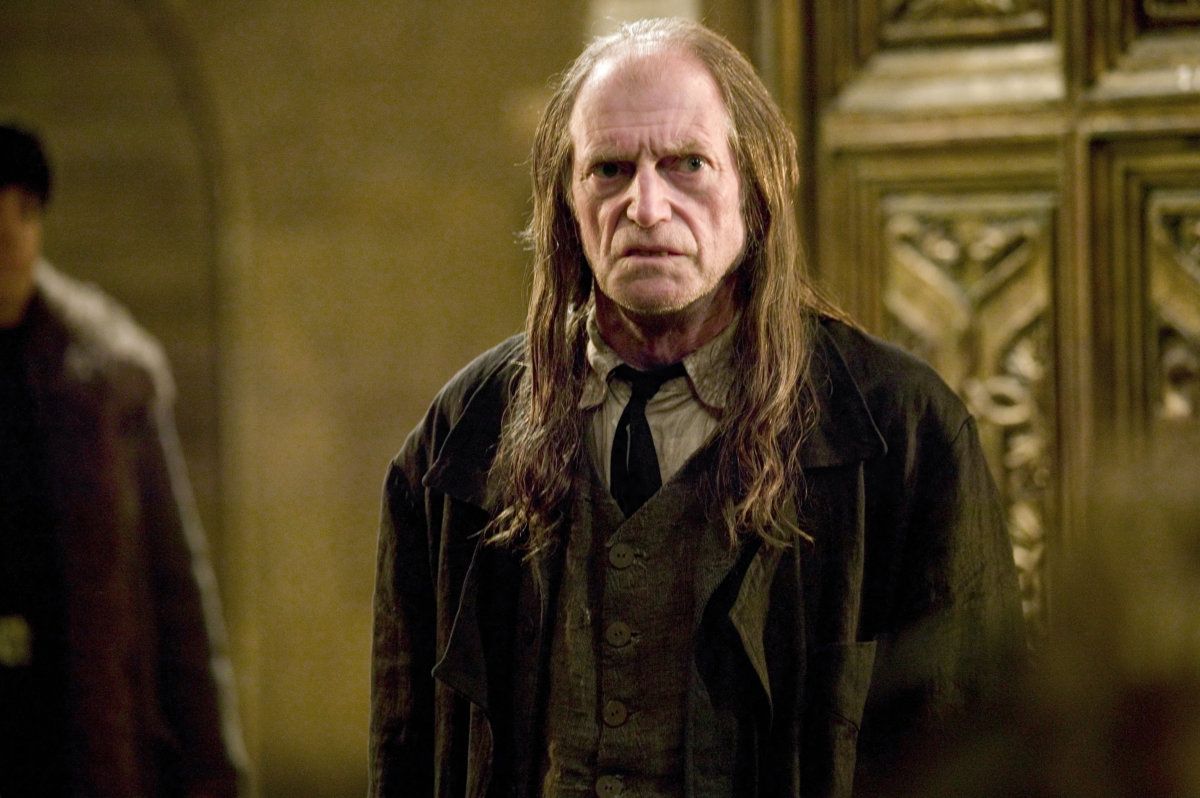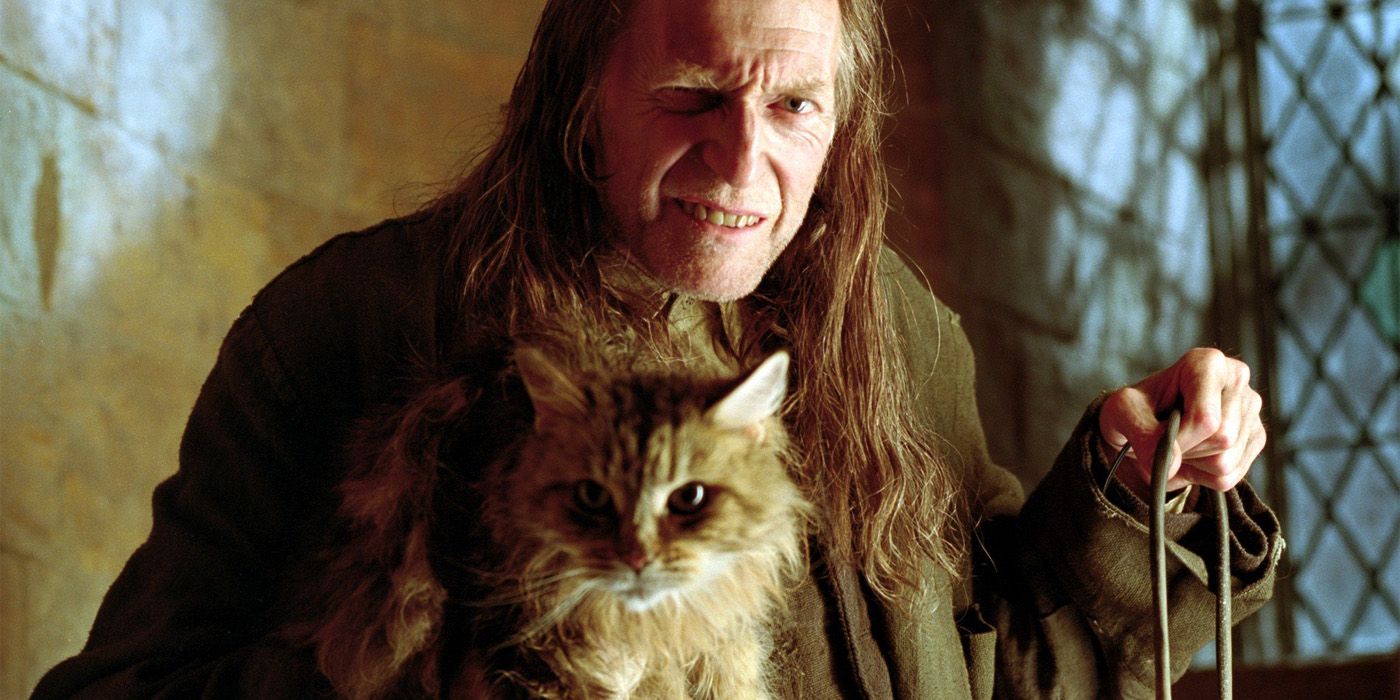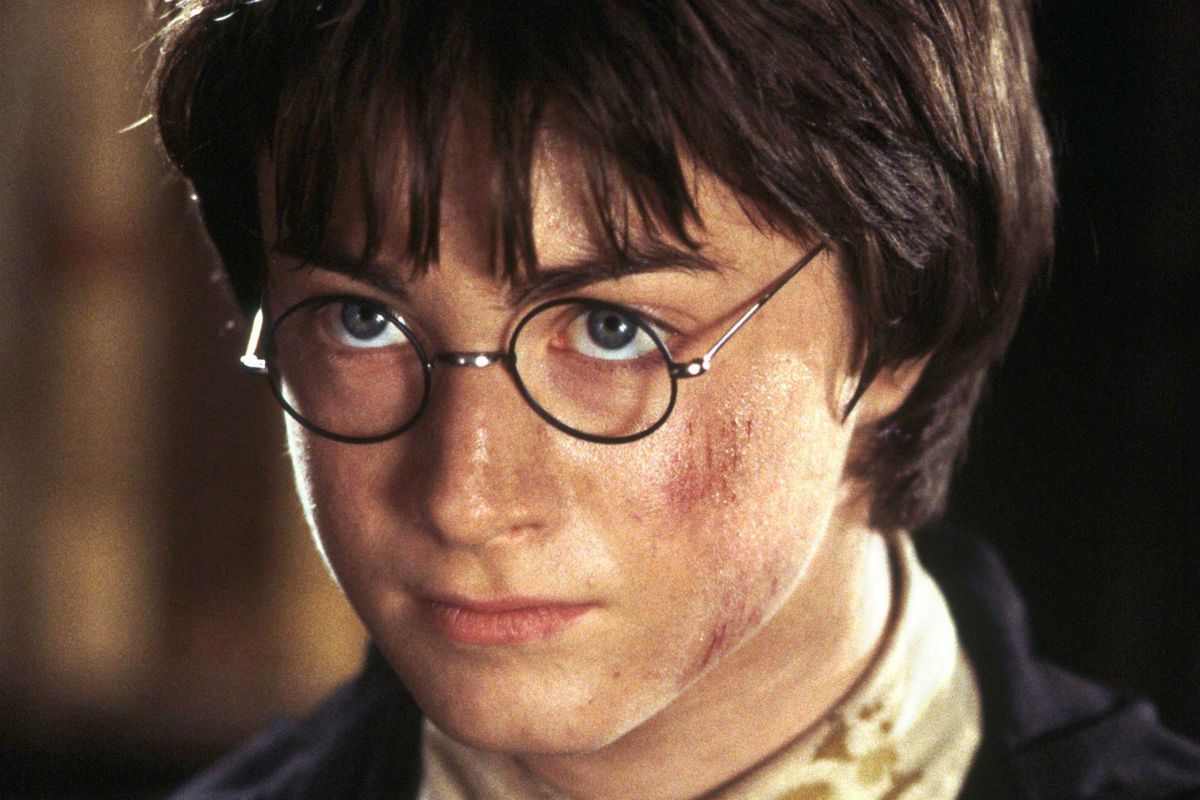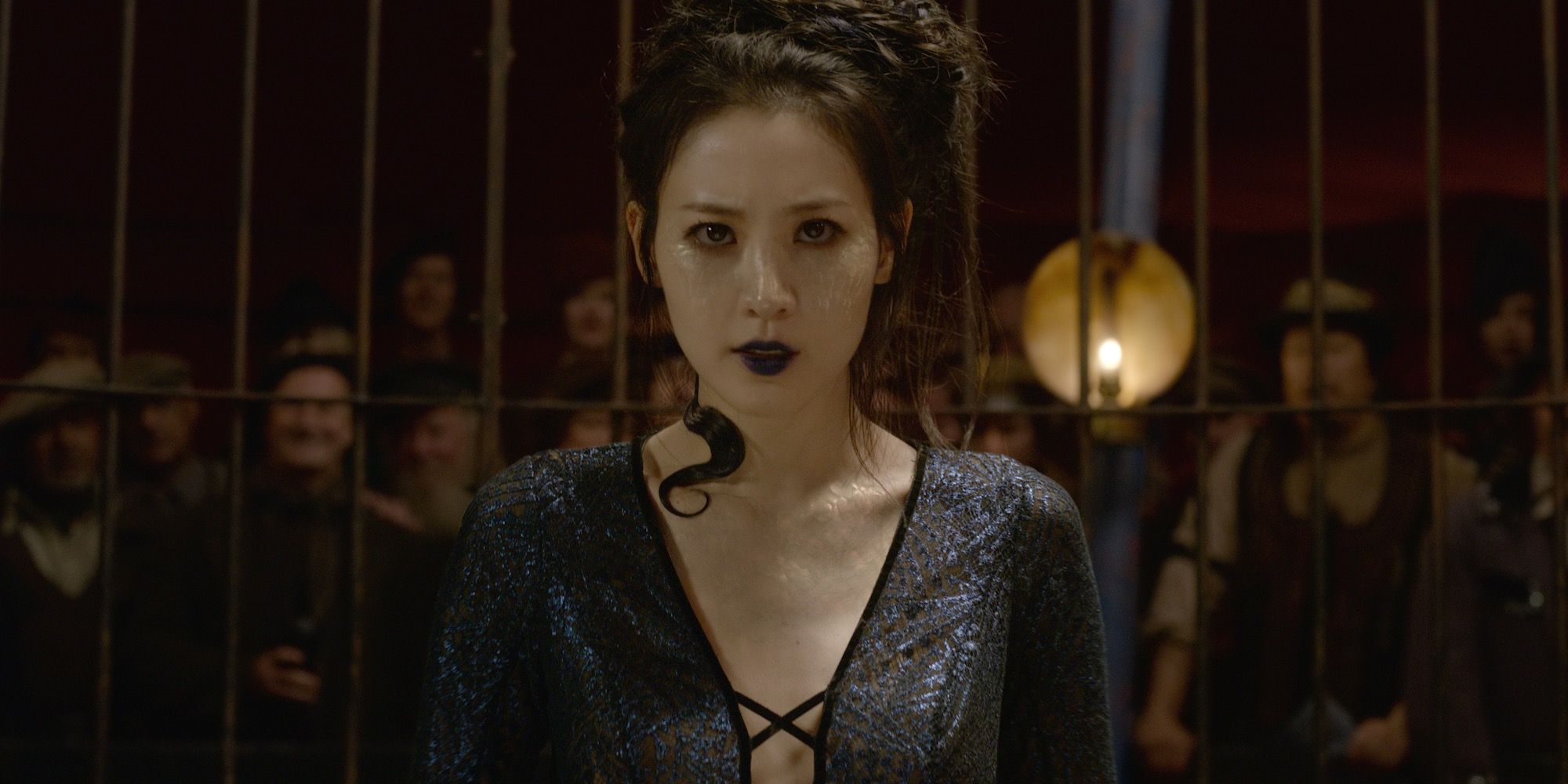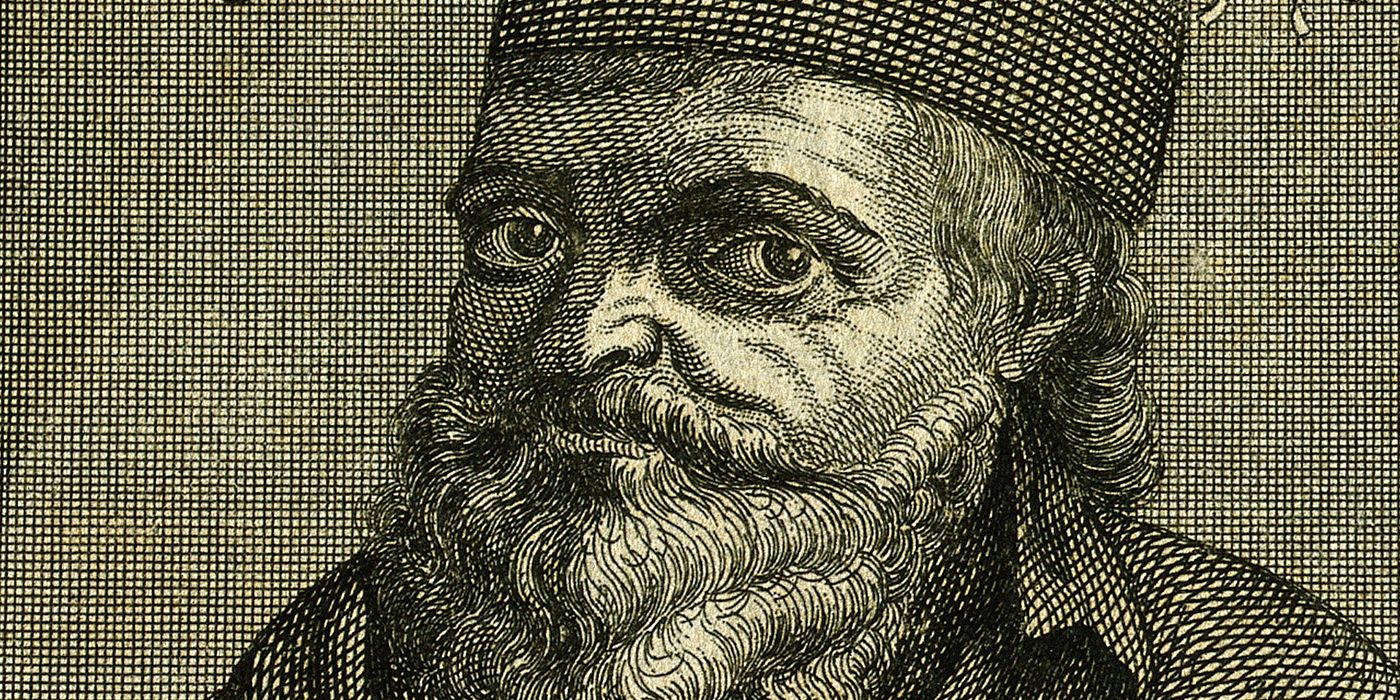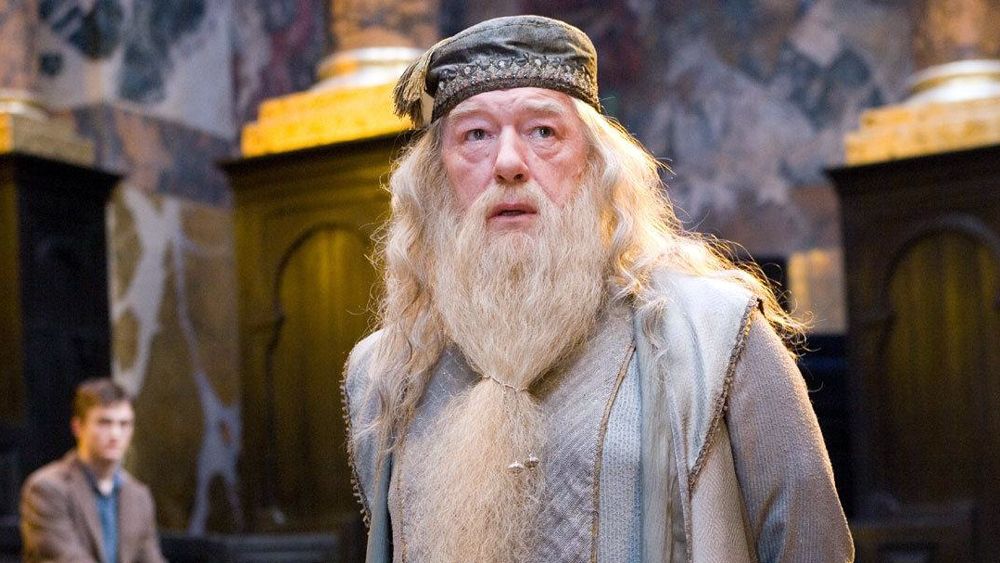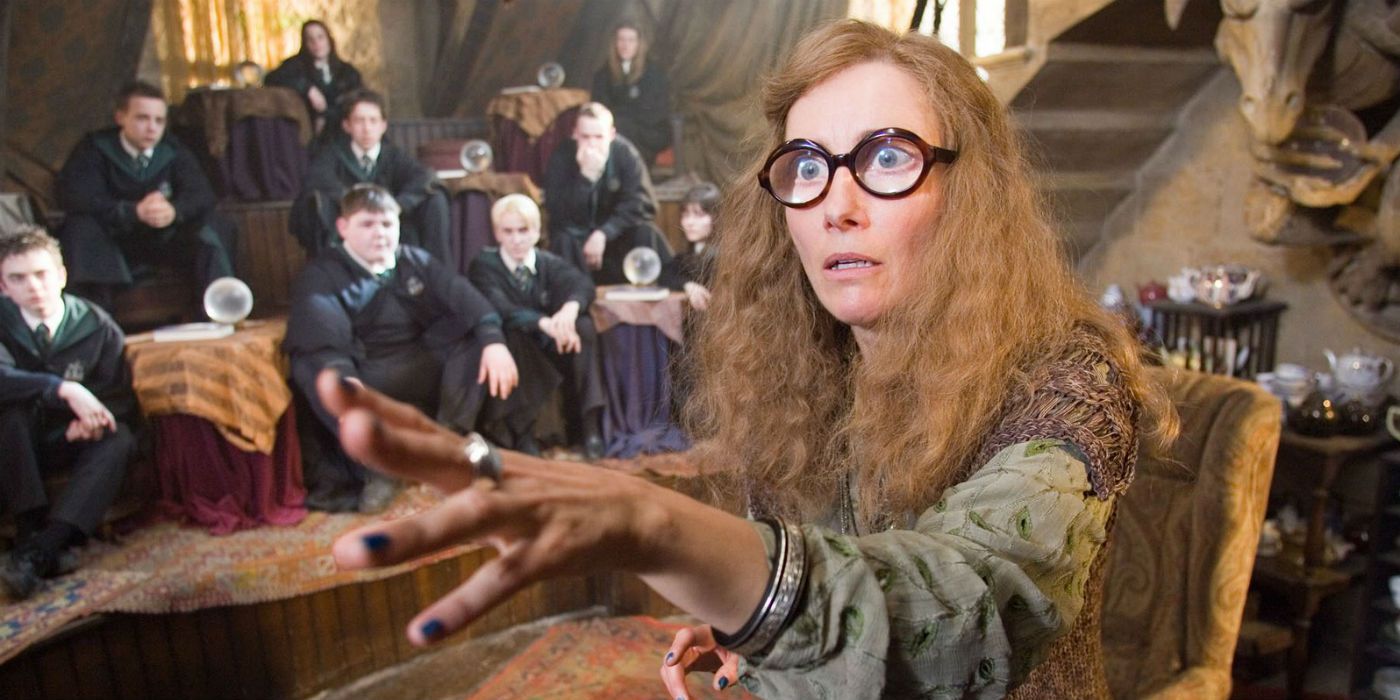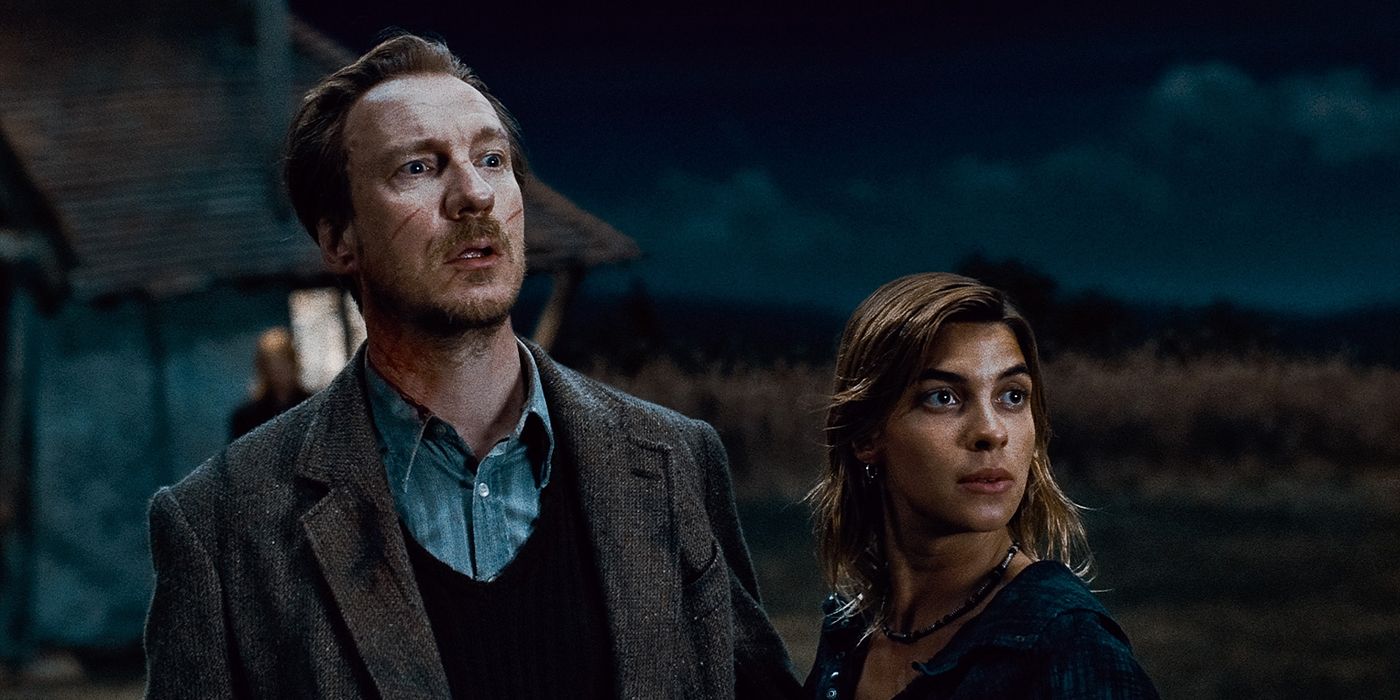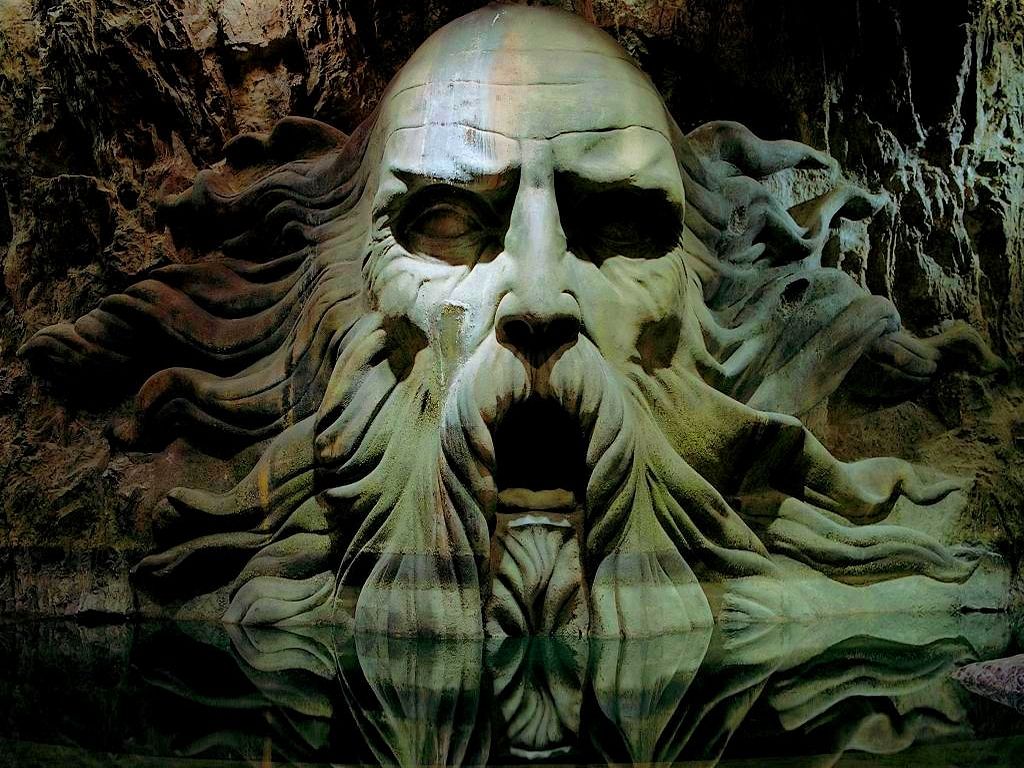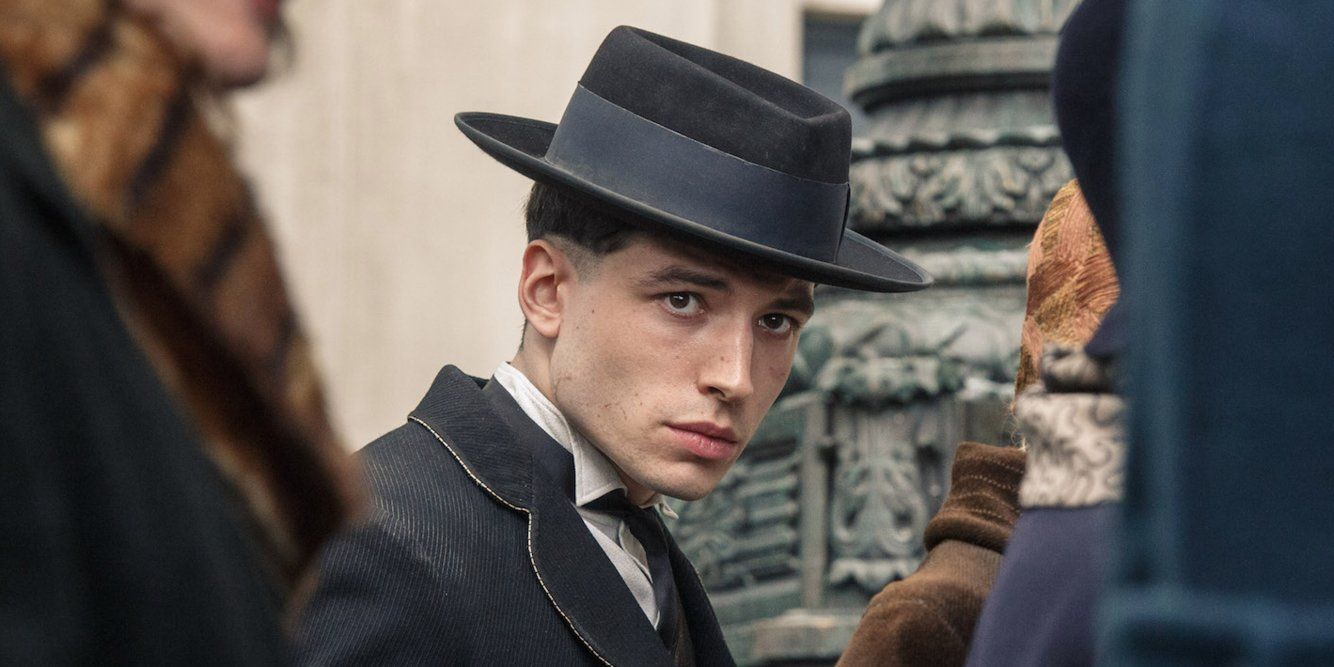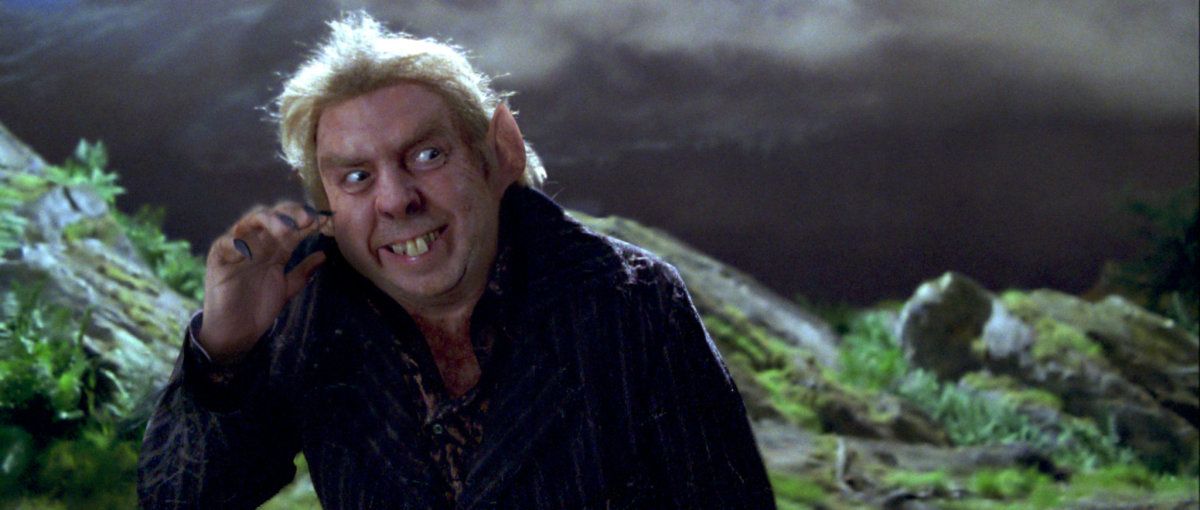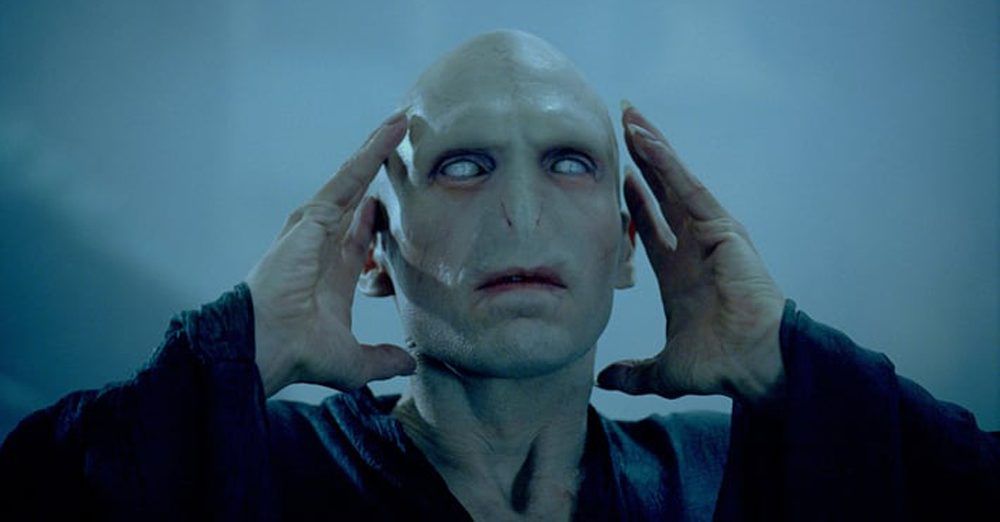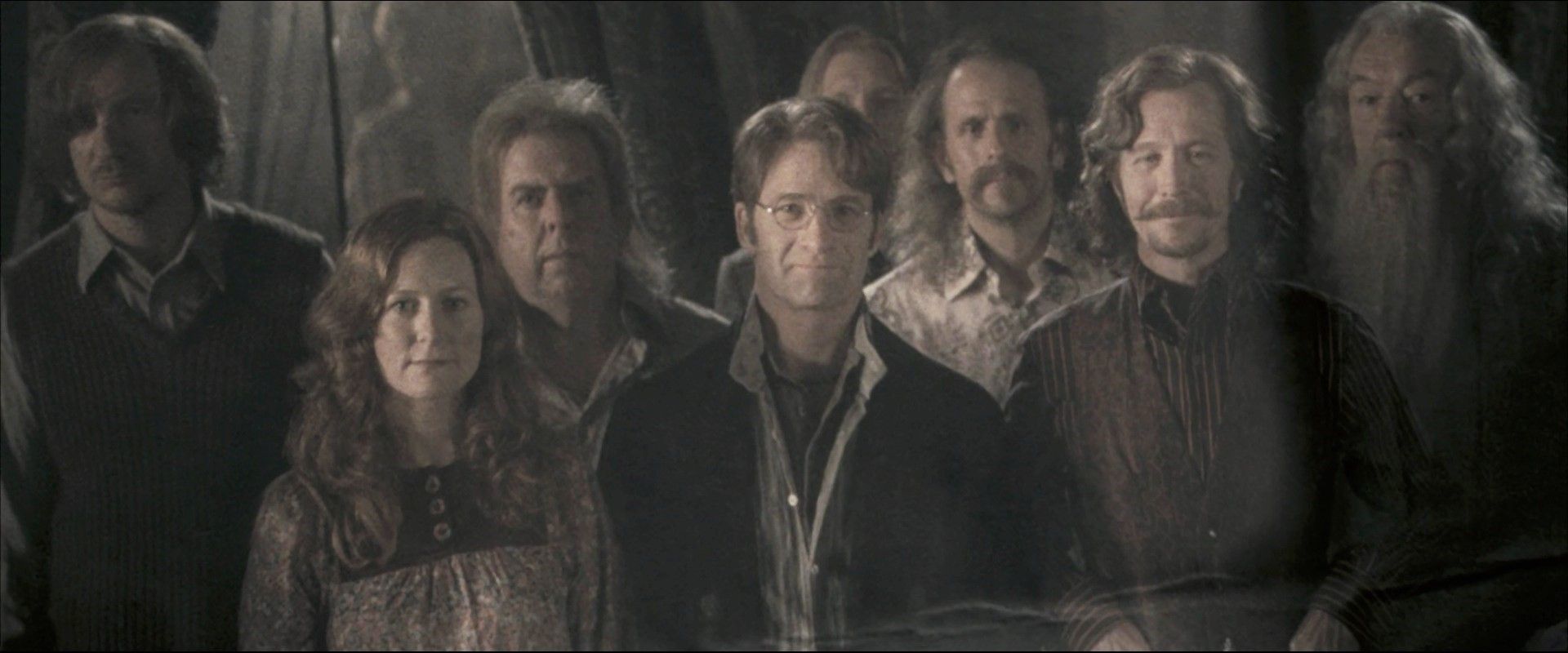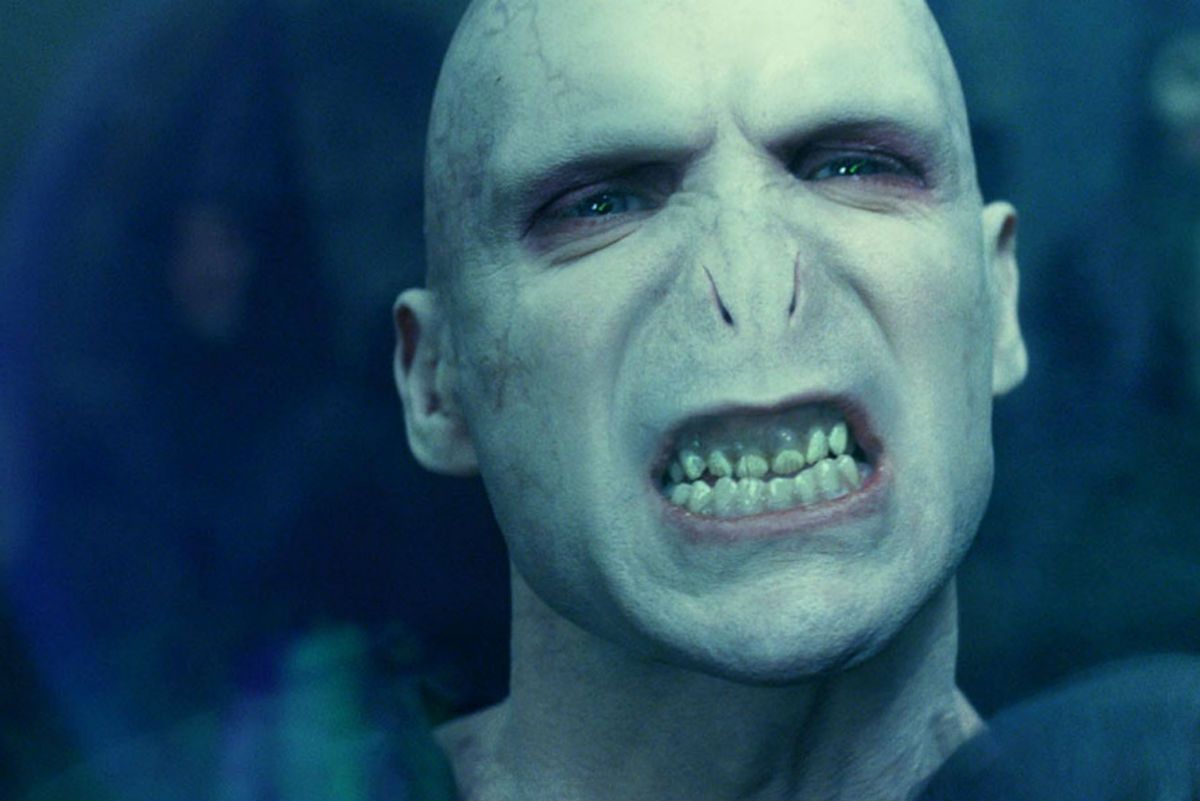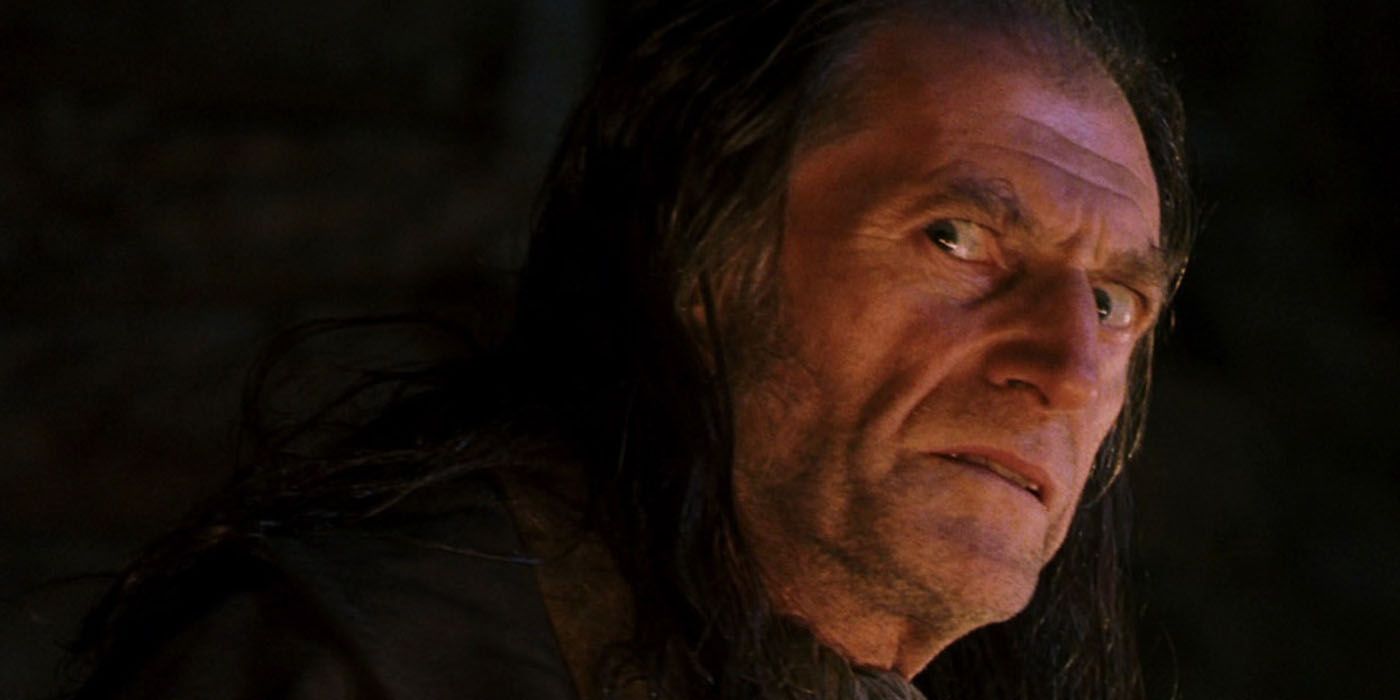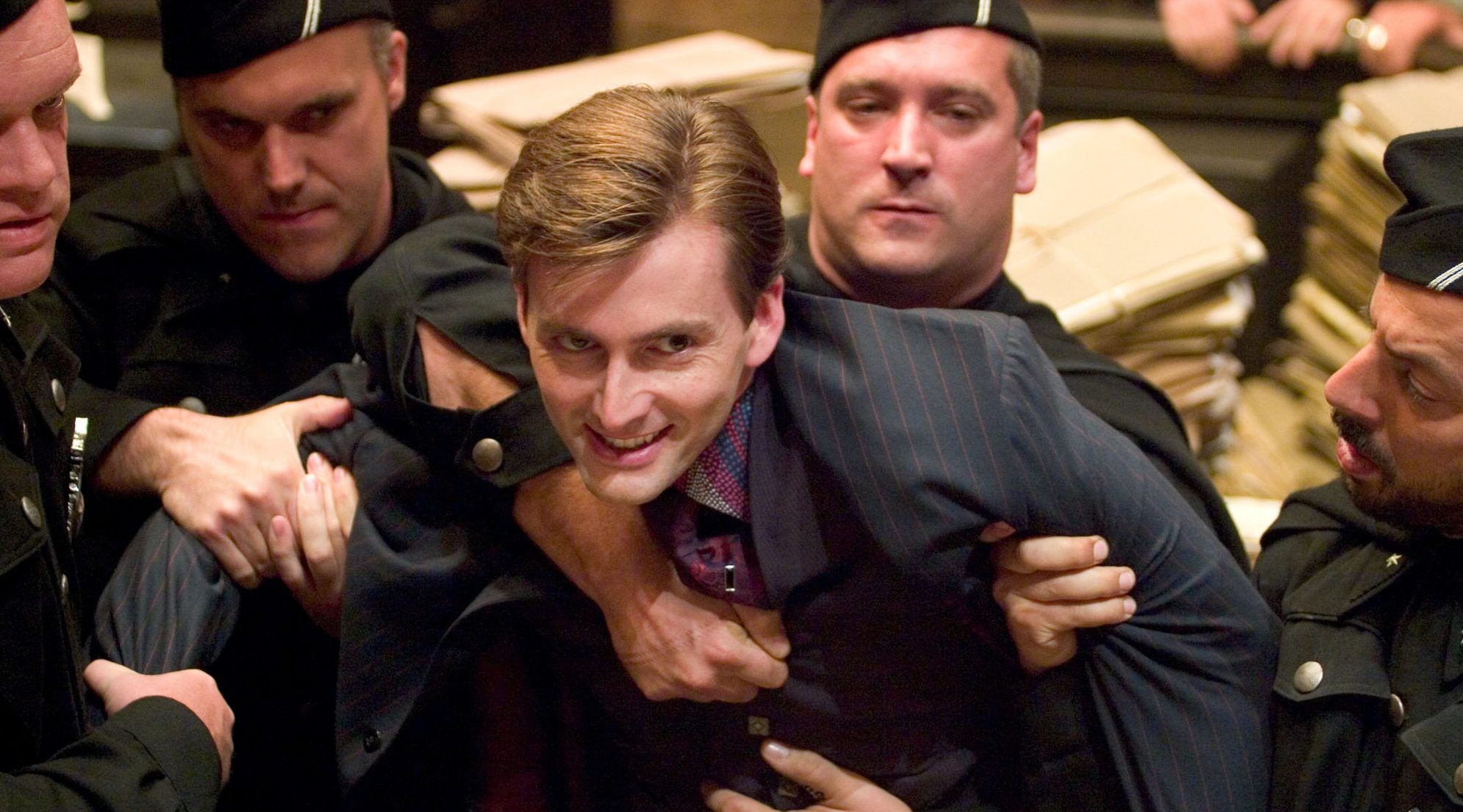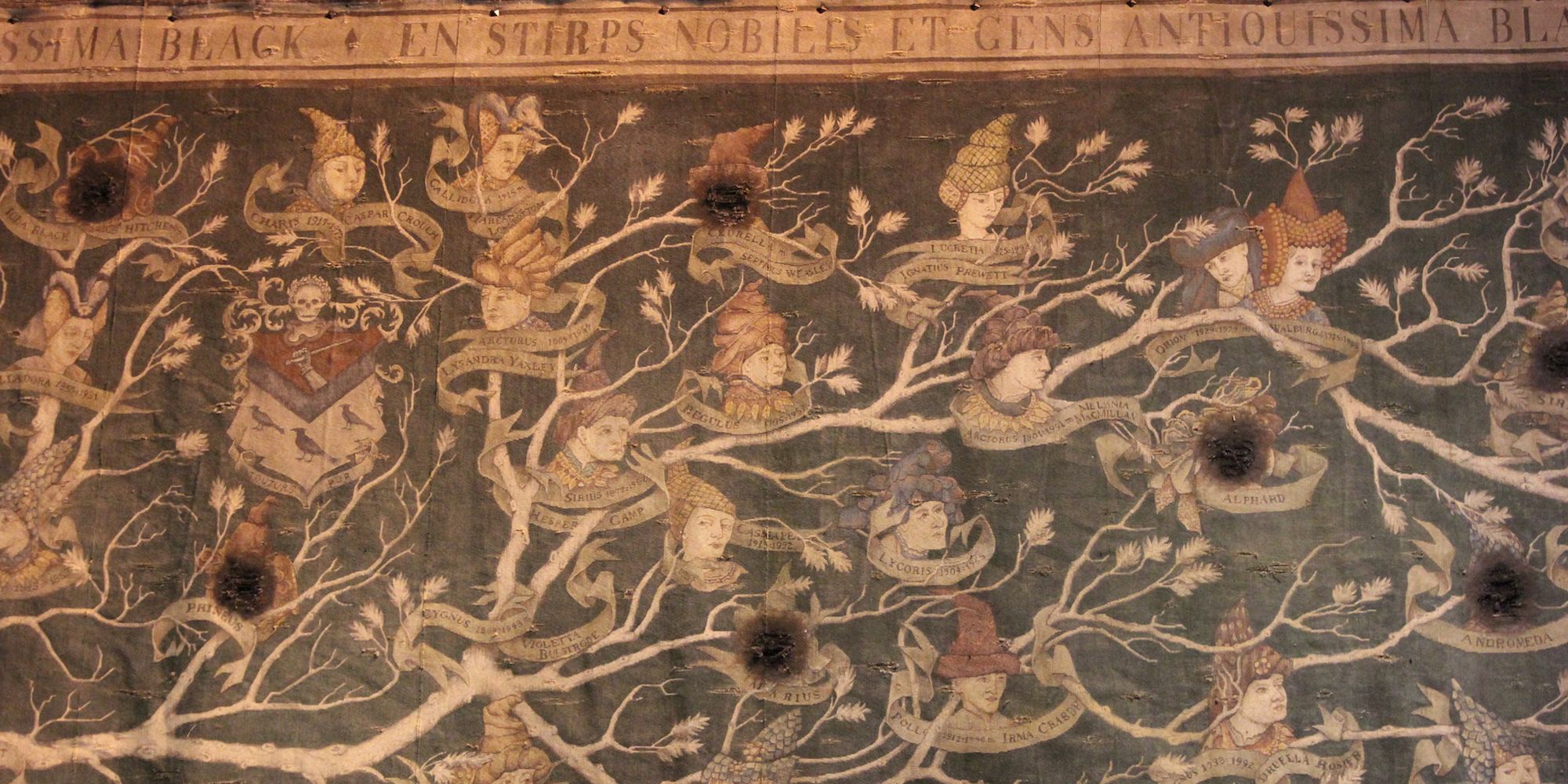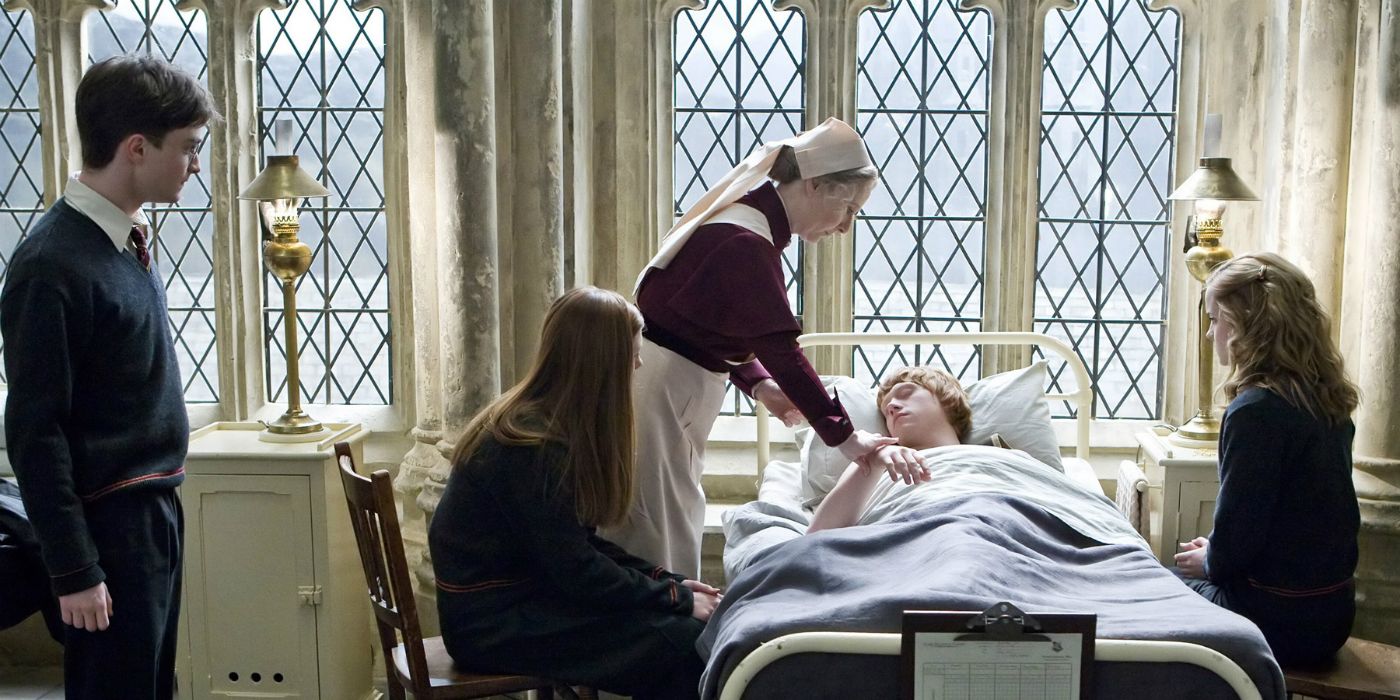The Harry Potter films have been among some of the highest grossing franchises of all time. Harry Potter and the Deathly Hallows – Part 2 has taken the title for the highest grossing film of the entire series, but at least nine out of the Harry Potter films ranked in the top highest grossing titles for each respective year. For followers of the books and movies, it’s clear that fans of the Wizarding World certainly span across multiple generations. The film adaptations of J.K. Rowling's beloved saga have undoubtedly become a pop culture phenomenon.
Since the release of Fantastic Beasts: The Crimes of Grindelwald, fans have been clamoring for more details. With the announcement that Credence Barebone is actually Aurelius Dumbledore and brother to Albus Dumbledore, many fans have been rocked by the new revelation. However, J.K. Rowling has assured fans that the now untitled Fantastic Beasts 3 will be sure to answer all of the fans' pressing questions. Recently, our team has taken a closer look at some of the storytelling challenges faced by Fantastic Beasts, along with posing some intriguing fan theories about Credence and how Dumbledore will potentially break the blood pact. While Rowling continues to expand the Wizarding World with new developments and revelations, we decided to review some of the more unusual aspects of wizards and witches. We'll also touch upon some of the newer powers revealed in the Fantastic Beasts series, such as Obscurials and Maledictus. From Animagi and Parselmouths to Squibs and Seers, here are 20 Strange Things About Wizard Anatomy Fans Forget.
20. Wizards are “biologically different” than Muggles
A writer from Inverse notes that wizards and Muggles could be even more different than you might expect. In Fantastic Beasts and Where to Find Them, funnyman Jacob Kowalski receives a bite from a Murtlap. In order to help him, Newt Scamander mixes together a potion and mentions that Muggles have “different physiologies” than folks from the Wizarding World.
This subtle line might not mean much, but it does make us wonder. In the novels, magical cures and potions are talked about frequently, but there isn't any outright distinction between Muggle and wizard physiological attributes. It looks like this is yet another mystery to add, which may be explored in J.K. Rowling’s future work.
19. As children, wizards can do accidental magic
As explored in the Harry Potter books and films, children from the Wizarding World might accidentally unleash random outbursts of magic. Also called accidental magic, these bursts are eventually toned down as the wizard or witch grows older. In Harry Potter and the Sorcerer's Stone, Harry himself experienced accidental magic. In the books, it was described that Potter turned the wig of one of his teacher's blue, and he accidentally shrunk one of Dudley's sweaters that he was being forced to try on.
Harry also narrowly escaped from Dudley and his gang by suddenly vanishing, and then appearing on the roof. In darker examples, Dumbledore's sister, Ariana, was attacked by Muggles when they saw her performing magic. Traumatized, the young girl accidentally ended their mother from an uncontrollable magical outburst.
18. Not everyone born into a wizarding family has powers
While it may be easy to assume that anyone born to a wizarding family simply sprouts out of the womb casting spells, that couldn't be further from the truth. In fact, there are Squibs in the Wizarding World (people born into wizarding families, but they do not have magical abilities).
On average, a witch or wizard may be able to display magical properties around seven years old, but if they do not inherit magic, they are known as Squibs. In the series, it is noted that Squibs are generally rare. Hogwarts caretaker, Argus Filch, is a known Squib, and he is unable to perform any magic. Interestingly enough, all seven of the Thurkell brothers were noted to be Squibs, which was an unusual case from the seventeenth century.
17. Muggle-borns are distantly related to Squibs
Time and time again, we’ve heard of Muggle-born witches and wizards found in the Wizarding World. Also known as No-Maj if they were born in the United States, Muggle-born wizards were also called Magbobs, and they are wizards or witches who do not have magical parents.
In a Bloomsbury chat with J.K. Rowling, the author revealed that Muggle-born wizards essentially inherit their magical abilities from a distant ancestor. For example, they are loosely related to Squibs who eventually married Muggles. In these type of situations, the families may have lost all prior knowledge of having been related to any witches or wizards, and as such, the magic may reappear unexpectedly in later generations. In the series, Harry Potter's mother, Lily Evans, was known as a Muggle-born witch, along with Potter's best friend, Hermione Granger.
16. There are some that are half-Muggle
Half-blood is a phrase used to describe witches and wizards who have Muggle ancestry or Muggle-born parentage. In the original Harry Potter series, half-bloods were very common during the nineties, however, pure-blood families, such as the Lestrange family, looked down upon half-bloods and displayed signs of prejudice and discrimination against them.
In Harry Potter and the Order of the Phoenix, Bellatrix shares a prime example of this by telling Harry: “You dare speak his name with your unworthy lips, you dare besmirch it with your half-blood's tongue, you dare... He dared — he dares — he stands there — [vile] half-blood.” Interestingly enough, original three protagonists, Harry Potter, Ron Weasley, and Hermione Granger consist of all three types of wizarding backgrounds. For example, Harry is half-blood, Ron is from a pure-blood family, and Hermione is Muggle-born.
15. Some witches have a Maledictus
The recent release of Fantastic Beasts: The Crimes of Grindelwald has surprised fans with its multitude of announcements, including Credence being a confirmed relative to Dumbledore. Another detail that left fans reeling with surprise was the introduction of Nagini on screen.
According to the new film, Nagini is a Maledictus, or a female who inherits a curse from their mother. The Maledictus can transform into a creature, which depends on the type of curse. In the beginning stages, the Maledictus can shapeshift into the creature voluntarily, but eventually loses control of that ability over time. Originally, Nagini was introduced as Voldemort's pet snake, but with this unusual twist, we've become re-introduced to the character in the form of actress Claudia Kim.
14. Nicolas Flamel extended his life to 665 to 690
With the new Fantastic Beasts franchise, it seems like it's become a trend for J.K. Rowling to revisit old characters. The historical figure, Nicolas Flamel, is the latest on the list, who was introduced to fans in Harry Potter and the Philosopher's Stone. Flamel was known for being an acclaimed alchemist, and also for being a good friend of Albus Dumbledore.
According to the books, Flamel managed to extend his life to living between age 665 to 690 by using the Elixir of Life and the Sorcerer's Stone. Flamel also appeared in the recent Fantastic Beasts: The Crimes of Grindelwald, and it remains to be seen if he will return for Fantastic Beasts 3.
13. Wizard life expectancy in Britain reached 137¾ years
According to the Ministry of Divine Health, wizard life expectancy in Britain was reported to be about 137¾ years in the mid-1990s. In Harry Potter and the Philosopher's Stone, it was revealed that one of the oldest wizards to date was around 755 years old, but we also know that Nicolas Flamel was a close follow-up.
It is also known that wizards and witches generally have a longer life expectancy than their Muggle counterparts. With the release of the new Fantastic Beasts movies, it could be possible that J.K. Rowling will explore this territory further in future work, as we’re not quite sure what the wizard life expectancy was during the time period of the new Fantastic Beasts franchise.
12. Some wizards and witches are born as Seers
Poor Professor Trelawney. Known for being Harry Potter’s Professor of Divination at Hogwarts, the teacher might have gotten a bad rep during the series, but she was known for being quite an unusual type of witch. For example, some wizards and witches are born with foresight abilities, and they are known as seers.
Professor Trelawney is a prime example, as she was born with the gift to see insight with visions and dreams of future events. In the series, she was known for using crystal balls and reading tea leaves, much to the disbelief of other professors at Hogwarts, like Professor McGonagall. According to Pottermore, Sybill Trelawney was a half-blood character, and she inherited her divination abilities from her ancestor, Cassandra Trelawney, who was known for being a Seer.
11. Some are Metamorphmagi, like Tonks and Lupin
“I'm a Metamorphmagus. It means I can change my appearance at will. I was born one,” explained Tonks in the Harry Potter series. Unlike using a Polyjuice Potion to change your appearance, a Metamorphagus is a wizard or witch that can voluntarily change their form. For instance, the witch or wizard does not even need to use a special spell, they can simply change their physical attributes as they so desire.
Although it is unconfirmed at this time, it is projected that Maledictuses, like Nagini, are related to, or even possibly, Metamorphmagi. The character Nymphadora Tonks was a Metamorphagus, and her son, Teddy Lupin, also inherited the ability. When Tonks was studying to become an Auror, she was able to pass certain tests in Concealment and Disguise because of her abilities.
10. Some witches and wizards can talk to animals as Parselmouths
A Parselmouth is described as a witch or a wizard who can speak with snakes. In Harry Potter and the Philosopher's Stone, Harry was able to use his ability without his conscious knowledge when he spoke to a snake at the zoo. Later, he discovered that Salazar Slytherin and Lord Voldemort were also known to be Parselmouths.
In Harry Potter and the Chamber of Secrets, fans learned that Salazar Slytherin used his ability to control a basilisk, and Potter later learned that he also received this ability when a portion of Voldemort's soul molded with Harry, the night he almost lost his life. Being able to speak with snakes is surely a unique special ability that some Muggles might wish for.
9. There are Obscurials, like Credence from Fantastic Beasts
With the onset of the Fantastic Beasts franchise, even seasoned Harry Potter fans learned something new about young wizards and witches. When the character Credence Barebone started to experience wild onsets of magical outbursts, fans later learned that he was an Obscurial, or a character that has encountered a parasite-like magical entity.
After years of keeping his magical abilities suppressed, Credence experienced years of trauma, and over time, the repressed magic grew too strong for young Credence, who would morph into his Obscurial form during times of stress. Typically, most children who become possessed by an Obscurus will pass away before they reach ten years old, but Credence seems to be an exception due to his powerful abilities.
8. Some can learn how to turn into animals as Animagi
Throughout the Harry Potter series, many beloved characters possess the power to transform into animals. Unlike some of the previously mentioned abilities, learning to become an Animagi is actually a trained technique, and not something inherited. For example, Professor McGonagall could transform into a cat, and she was one of the first Animagi characters fans were introduced to back in the first part of the series.
Legally, Animagi must register at the Ministry of Magic, just in case the transfiguration process doesn't quite go as planned. The first ever Animagus in history was Falco Aesalon, who had the ability to transform into a falcon. Later, we learned that the three Marauders, James, Sirius, and Peter, learned to become Animagi, as the three friends wanted to support Lupin when he turned into a werewolf each month.
7. Some can protect their minds from Legilimency
Deriving from the Latin word, legere, “to read” and mens, meaning “mind,” Legilimency refers to a mind reading tactic. Some wizards and witches have the ability to protect their minds from invasive techniques, also called Occlumency.
During Harry’s fifth year at Hogwarts, Professor Snape tried to teach Occulmency to Harry as a defensive technique. Legilimens, or wizards that can perform Legilimency, can probe the minds of other people, but are blocked by those who can perform Occlumency. In Muggle-friendly terms, Legilimens is more akin to mind reading, or even like the probe tactics used by Force wielders in Star Wars. Other characters, such as Salazar Slytherin, Queenie Goldstein, Voldemort, and Dumbledore, were all known to have the ability to use Legilimency.
6. No one knows where wizards come from
According to the Harry Potter books and films, the origins of wizardkind remain somewhat of a mystery. Author J.K. Rowling hasn’t thoroughly explored where wizards originate, and so far, we know that Muggle-born magic users are typically related to Squibs, even if it’s several generations onward.
As many fans do know, the Wizarding World remains hidden from the Muggle world. We've learned about places such as Godric's Hollow and Hogsmeade, but there are other communities that are briefly mentioned in the Quidditch World Cup or the Triwizard Tournament. Pottermore makes note of early wizarding communities found in India, citing examples of snake charmers. Amusingly enough, there are Muggles who perform as magicians in the Harry Potter universe.
5. Magic can eventually change one’s physical appearance
As demonstrated in the series, performing certain types of magic can eventually cause physical changes. For example, the wizard Tom Riddle developed red eyes after his meddling with Dark Magic, and his transformation into Voldemort also showed his extreme use of the dark arts.
In contrast, Madam Hooch, who worked as the main Quidditch referee and instructor at Hogwarts, was described as having yellow eyes. Beloved Professor Remus Lupin, who was bitten by a werewolf, had a state of lycanthropy, where he would transform into a werewolf during a full-moon, and there was no cure. Author J.K. Rowling has revealed that the lycanthropy is a metaphor for HIV, and is supposed to represent illnesses that carry a stigma.
4. Squibs are looked down upon in wizarding society
The theme of racial discrimination and prejudice is explored thoroughly within the Harry Potter series, and these ideas continue in the Fantastic Beasts franchise. J.K. Rowling has made it clear that Squibs, or wizard-born people who do not possess magical powers, are typically looked down upon in wizarding society.
In an attempt to break through the misconceptions, Angus Buchanan, a wizard born to a pure-blood family, wrote about his experiences in a book called My Life as a Squib. The book was monumental for helping other wizards understand Squibs from a different perspective, and during 1968 to 1975, Squib Rights marches were held, parallel to the time when Eugenia Jenkins was Minister for Magic.
3. They have an extensive memory
During the Harry Potter series, we've seen Memory Charms used time and time again, but we haven't learned too much about the working memory of wizards and witches. Hilariously enough, it has been said that so many Muggles have spotted the Loch Ness Monster that staff from the Ministry of Magic hasn’t been able put Memory Charms on all of them.
Although not extremely common, some wizards and witches are known for having an extensive memory. For example, Bartemius Crouch Sr. was lauded for his keen aptitude with languages. In fact, Ludo Bagman, Head of the Department of Magical Games and Sports, noted that Crouch could speak over a hundred and fifty languages. Proud as ever, Percy Weasley interjected, adding that Crouch could actually speak over two hundred different languages, including Gobbledegook, Mermish, and Troll.
2. Pure-blood wizards intermarried
Given what we know about pure-blood families, this is one list item that shouldn’t come as a big surprise — pure-blood wizards and witches intermarried. According to Pottermore, “The term 'pure-blood' refers to a family or individual without Muggle (non-magic) blood. The concept is generally associated with Salazar Slytherin, one of the four founders of Hogwarts School of Witchcraft and Wizardry, whose aversion to teaching anybody of Muggle parentage eventually led to a breach with his three fellow founders, and his resignation from the school.”
Traditional pure-blood families often looked at those with Muggle ancestry as inferior, and this prejudice is explored deeply within the Harry Potter series as a whole. In the House of Black, those that were Squibs, Muggle-borns, or having anything to do with Muggles, were erased entirely from their family tree.
1. They can’t catch a common cold, but they can get Dragonpox
According to Pottermore, author J.K. Rowling confirmed that wizards can override “mundane nature.” For example, if a wizard caught a common Muggle cold, they would be able to cure it, but if bitten by a Venomous Tentacula, things would be quite different.
In addition, we've seen how the Wizarding World can mend bones relatively easily, but there are severe consequences from curses and magic that doesn't quite work out. Rowling cites Gilderoy Lockhart as a prime example, who fell prey to his own Memory Charm, and now has a permanent case of amnesia. She also added that Neville Longbottom's parents were another example, having experienced permanent damage due to magical mistreatment. Although wizards and witches can ward off the common cold easily, they aren't invincible, and can experience damage through other means.
--
Are there any other wizarding-related anatomy facts you’d like to share? Let us know in the comments!

